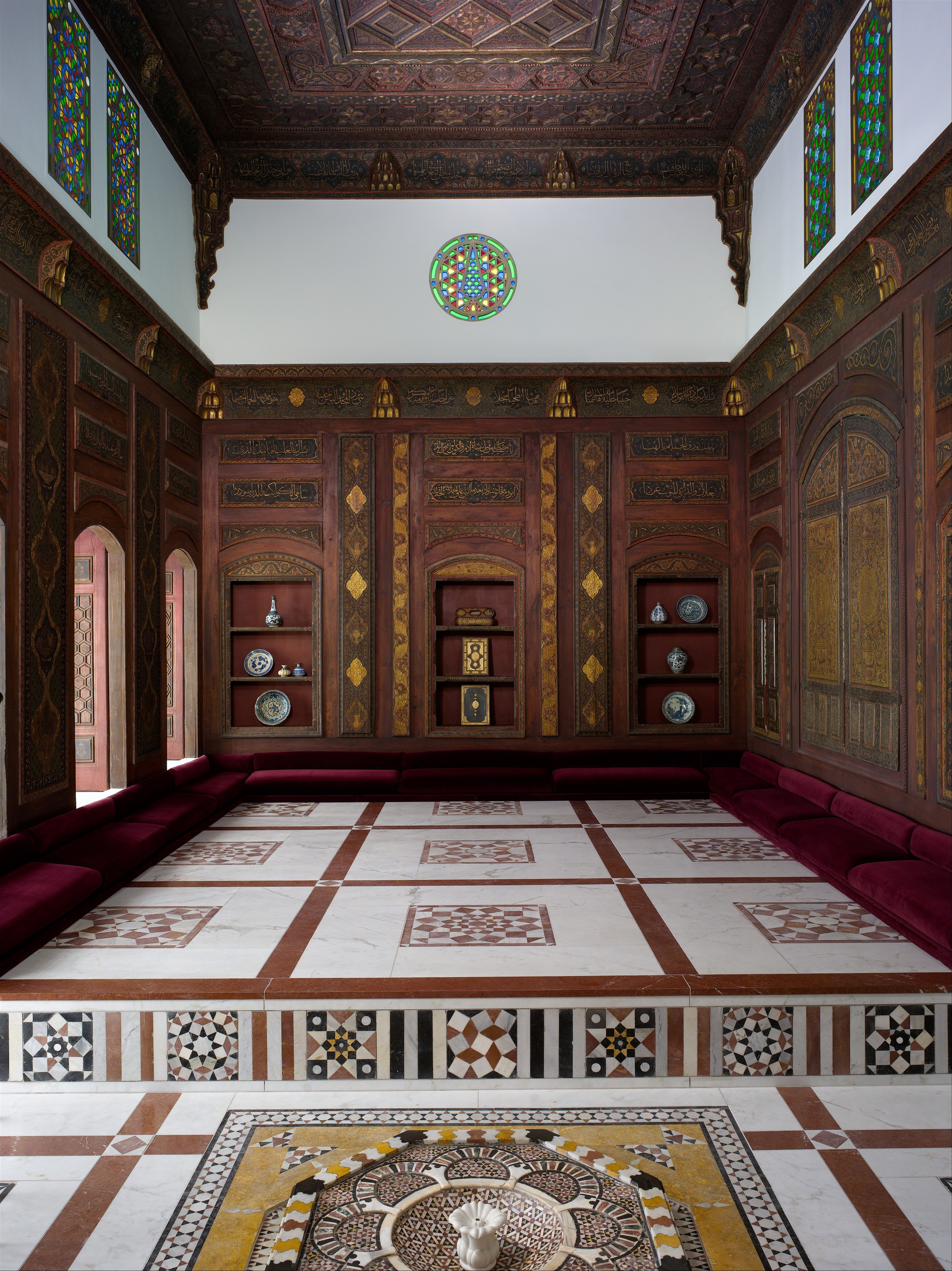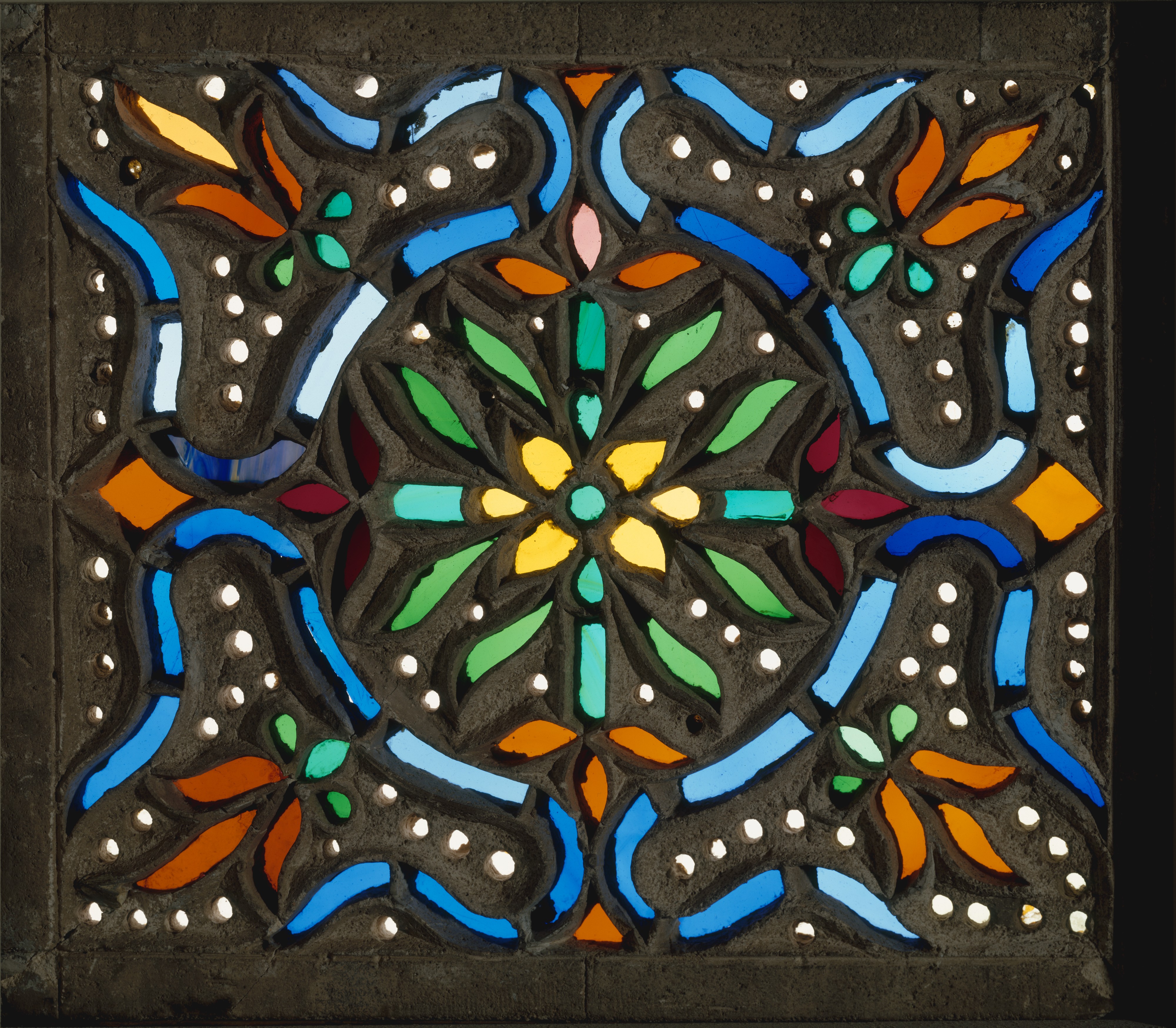I do not generally consider the kinds of history I do, either academically or for the wider public, to be especially ‘political’ (in the ordinary sense of the term at least) nor driven by a concern for activism. My own ideological and philosophical profile has become much more convoluted and much less clear over the years- in part because of the challenges my study of history has presented to many of my earlier presuppositions- and while I do not imagine that some pure ‘objective’ stance exists from which to do history, I do aim at letting the past in all its complexity and heterogeneity guide my own approaches as much as possible.
Of course, the fact that I do not put a great deal of energy into shaping the political profile of my scholarship or its possible political and cultural uses does not mean that my scholarship isn’t politically charged or that it might not make a difference (not necessarily predictable) in a given political or cultural situation. My focus on Islamic history arose in no small part out of the context of post-9/11 America and even more so the American invasion and occupation of Iraq in the early 2000s. I hoped that my scholarship, and perhaps also the whole tenor of my life, could act as a corrective, a sort of reparation even, for what my country had done and was doing to people across the Islamic world. That wasn’t my only motivation, to be sure, but it was- and is, in modified and I would like to think somewhat more sophisticated form- a part of why I embarked on the path upon which I still find myself.
The political potency and even importance of the sort of scholarship that I and many others in history, religious studies, and other disciplines do was driven home today with the horrific terrorist attack in Christchurch upon Muslims praying the Friday prayers. Last night, before the news had broken about what was happening on the other side of the world from me, I posted the following tweet, a rather casual observation about medieval artistic patterns in Iraq and points north into the Armenian lands:
On the surface this is not an especially ‘political’ observation. Late medieval Armenian art, even to a relatively untrained eye, displays many differences from earlier periods, with many components that appear ‘Islamic,’ even if the exact analogues in non-Armenian art are not always clear. It seems likely to me that the 13th century Maqāmāt painting tradition revealed in the Baghdad manuscript above can be connected to the 15th century Armenian Gospel and similar productions, as part of a shared cultural sphere that extended through the Jazīra into the Armenian lands and west to Syria, a shared sphere that can be seen in many other instances of art and architecture. ‘Armenian’ culture more broadly, in medieval and early modern periods alike, is marked by creative interaction with, and active integration within, the ‘Islamic’ cultures in which Armenian communities lived, creating a complex cultural world that cannot really be reduced to ‘Armenian’ or ‘Islamic’ or ‘Arabic’ or any other homogeneous-sounding appellation.
What does this have to do with the fascist terrorist in Christchurch? While the mimetic (in more than one sense) culture of online fascism is itself quite complex and notoriously slippery, it is very clear that the terrorist (possibly terrorists) in Christchurch, and their political kin elsewhere, draw upon a very particular ‘narrative’ of history, particularly Islamic history. I hesitate to call it a coherent narrative since it is really more an emotionally-charged bundle of stories, sentiments, memes, and fragments of narratives, images and moods. It does not depend so much on a structured account of history as an overall mood or sentiment, one in which ‘Islam’ is a looming and deadly mass, consuming and leveling all before it. Islam and everything non-Islam are imagined only in terms of conflict and violence and terminal struggle. The Christchurch terrorist emblazoned his weapons with verbal images of some of this imagined history- the Armenian genocide, the fall of Acre- which summon up images of stark conflict, of zero-sum interactions. There is no room in this historical imagination for ‘Islamized’ Armenian Gospels, or, say, the role of Muslim troops in the wars of the British Empire. He did not invent these images, nor did he devise the historical narrative of which they are a part. Rather, they have been put together by various actors, mostly online, and exist in the ethereal space of (mostly) social media. Given the right circumstances and agents, they can have real power, as today’s events reveal.
Which is why, I want to cautiously argue, presenting alternative images, alternative narratives, such as the very sort I suggested- rather offhandedly- on Twitter right on the cusp of the terrorist in Christchurch bringing his own historical narrative to bloody life. Now, the historical narrative I presented has the advantage of being true, or at least inclining towards historical truth, constructed carefully and as the result of much research and analysis. In the online world of meme and image and mood, however, if we’re being honest, the possession of historical truth or something like is not necessarily an advantage. What counts is the degree to which certain moods and imaginaries and narratives can capture people’s attention, structure their sense of what is real and what matters. Good historical scholarship, because it captures historical reality better and more fully and hence more powerfully than the manipulations of fascists or other ideologues for whom history is nothing more than raw material for politics and socio-cultural struggle, can put forward images and narratives and moods that can stand in opposition to the tendentious ones of fascists and others.
In other words, this machine of historical scholarship may not kill fascists, but it can create different emotional and imaginative spaces, one that can neutralize the narratives and emotional spaces that feed fascism (and other ideologies, too, I would add, such as militant ‘Islamism,’ itself a fascist-like tendency). ‘Public history,’ whether that means tweeting, writing books for a wide audience, participating in community events, giving lectures, or whatever, puts the narratives and spaces that arise from scholarship out into the wider world, where they can potentially have very real power. It would be naive, of course, to imagine that historians can somehow by themselves stop the next mosque shooting, or prevent ISIS from re-organizing. These movements and tendencies are multi-causal and complex, like everything in human society. However, I do think that we- self included- as historians, particularly of Islam, have a role to play, that even small things like presenting different images (sometimes quite literally), of making worlds and realities visible that would not otherwise be seen by the wider public, that such things can make a cumulative difference.





